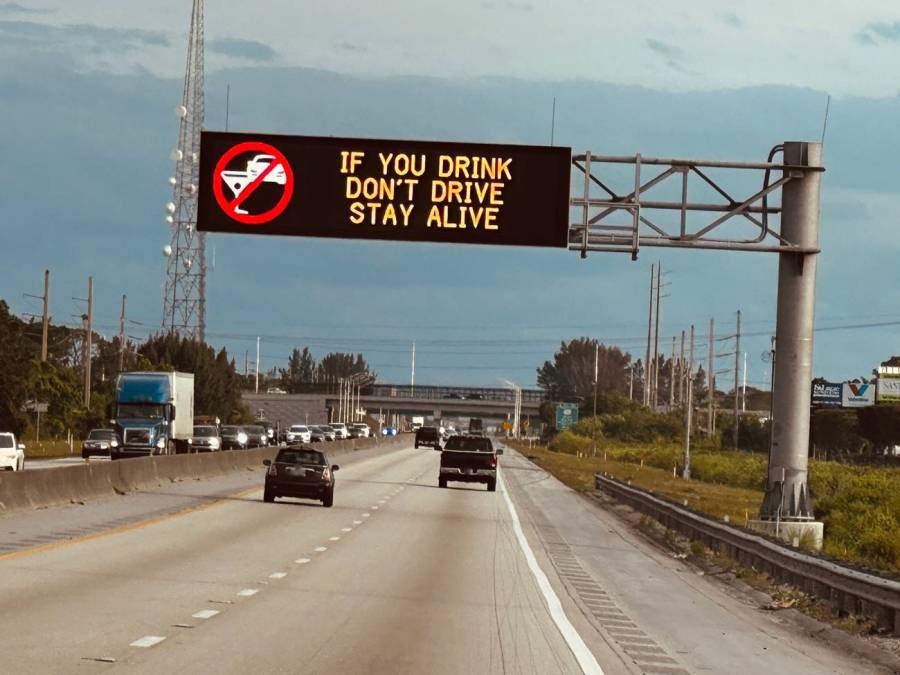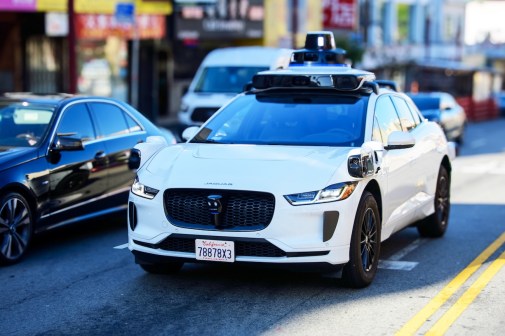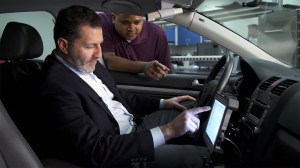Washington state helps test passive drunk-driving sensors

The Washington Traffic Safety Commission last week announced a new initiative aimed at combating drunk driving by testing in-car technology that can detect alcohol on a driver’s breath and prevent their vehicle from getting on the road.
As part of the initiative, state-owned vehicles will be equipped with breath sensors that work automatically and passively — meaning drivers won’t have to blow into a breathalyzer tube, or take any action. The sensors will analyze normal breathing near the steering wheel to detect alcohol, with the aim of preventing impaired driving without interfering with sober drivers. If the system determines a driver’s blood alcohol concentration is too high, the car won’t start.
In partnership with the Driver Alcohol Detection System for Safety program, managed by the Automotive Coalition for Traffic Safety, the pilot is part of a broader national effort called “Driven to Protect,” that aims to helps states curb drunk drunk driving, already underway in Connecticut, Virginia, and Maryland.
Kristin Kingsley, director of program development for the automotive coalition, said the goal of the DADSS program is to eventually make this technology a standard safety feature in all new commercial vehicles, which, she admits, could take decades. For now, the coalition is recruiting state governments to help with testing and to increase public awareness and support for the technology.
“It can play a huge role in the future, but because the average age of vehicles on the road today is close to 12 years, it takes 30 years for the fleet to turn over,” Kingsley said. “So even if every new vehicle starting tomorrow had this technology in it, we would still need the coordination of all of the traffic safety community to help combat drunk driving.”
Shelly Baldwin, director of the WTSC told StateScoop in an interview, said the the detection technology is being tested in government fleet vehicles stationed in various terrains across the state first so officials can showcase the system to residents as part of a campaign to educate the public on the technology.
“We’re really trying to make sure that the technology is just seamless,” Baldwin said. “For public acceptance, we’re going to want sober drivers to get into that car and barely know that the technology is installed.”
Kingsley said the tech differs from breathalyzers, a device used by law enforcement to measure alcohol on the breath of drivers.
“What we are developing is intended for all vehicles, like any other crash avoidance technology like automatic emergency braking or lane departure warning system or something like that,” Kingsley said.
Kingsley said the sensors report back diagnostic data to ensure the system is working properly, but that it doesn’t track personal information or driving behavior. The pilots in Washington and other states will help determine how effective the technology is in real-world conditions and whether it could be scaled up to larger fleets.
Baldwin said the initiative has the potential to save thousands of lives each year and reduce the number of alcohol-related crashes. From 2017 to 2021, 32% of fatal crashes, resulting in 14,219 deaths, in Washington involved alcohol-impaired drivers, according to a 2022 report from the Washington Traffic Safety Commission.
“To me, that’s worth really educating the public about it, making sure the technology is top notch, and hopefully a future where we can really eliminate impaired driving,” Kingsley said.






